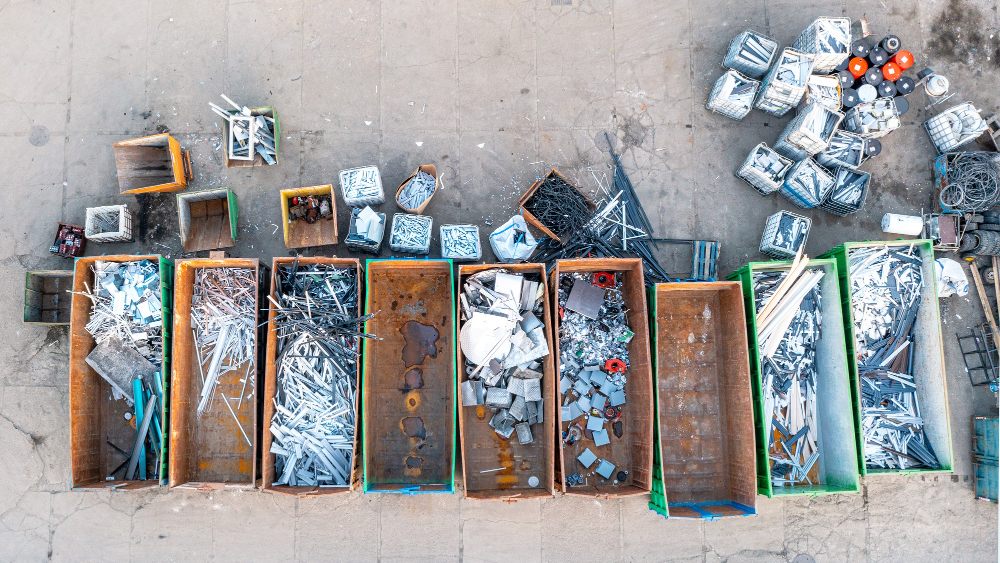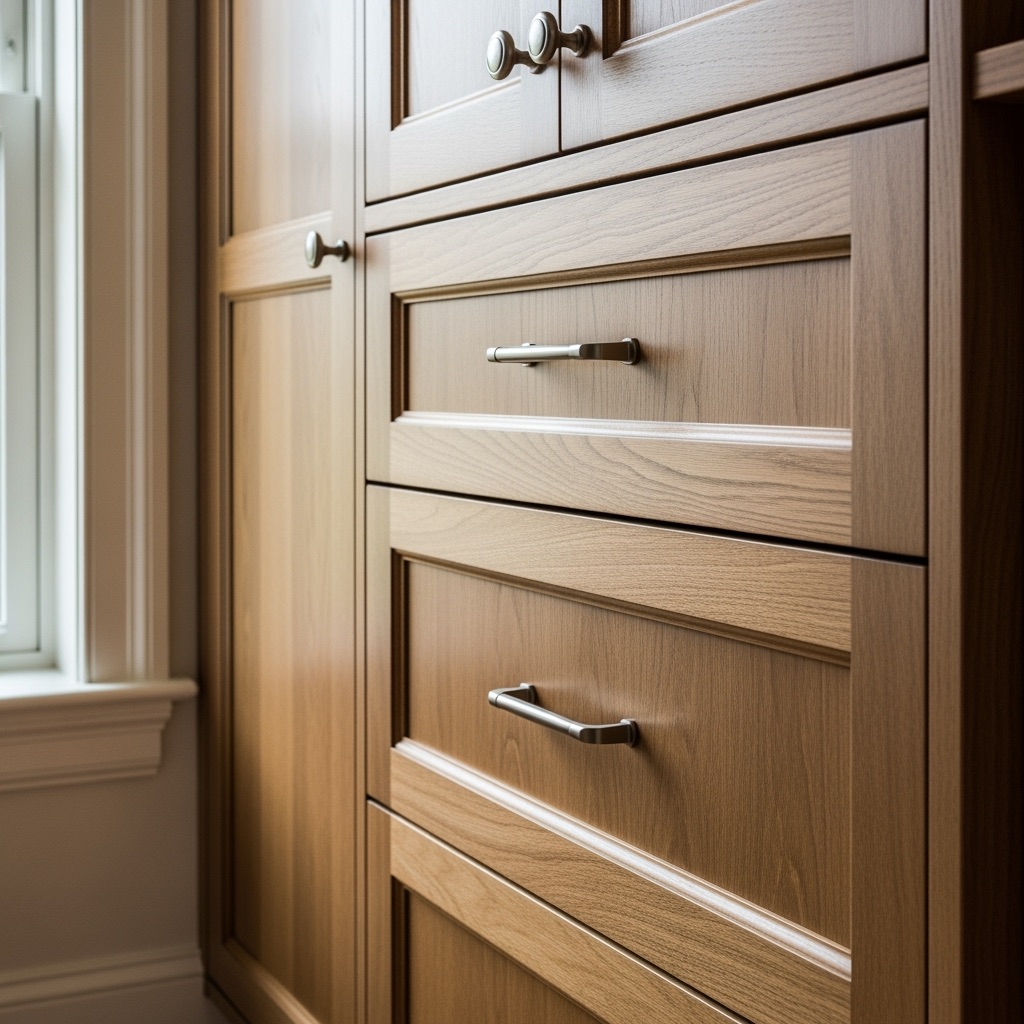Last updated on
Renovations can be a great way to breathe new life into a home or business. However, with renovation comes waste. From old fixtures to construction debris, it can be difficult to know what to do with all the leftover materials.
In this article, we will explore some options for handling renovation waste in an environmentally responsible way.
One option for dealing with renovation waste is to recycle as much as possible. Many materials commonly found in renovation waste, such as metal, glass, and plastic, can be recycled.
In some cases, even materials like drywall and concrete can be recycled. By recycling these materials, you can help reduce the amount of waste that ends up in landfills and conserve natural resources.
Another option for handling renovation waste is to donate usable items to charity. For example, old appliances, cabinets, and fixtures may still be in good condition and could be used by someone else.
Donating these items not only helps reduce waste but can also benefit those in need. Some organizations even offer pick-up services for larger items, making it easy to donate without having to transport items yourself.
Assessing the Waste

Before deciding what to do with renovation waste, it’s important to assess the type and amount of waste generated during the renovation process. This will help in determining the appropriate disposal method and identifying any potential recycling or repurposing opportunities.
One way to assess the waste is to categorize it based on its composition. The following table provides a general overview of common renovation waste and their composition:
| Type of Waste | Composition |
| Wood | Lumber, plywood, particleboard, MDF, etc. |
| Drywall | Gypsum, paper, tape, joint compound, etc. |
| Concrete | Cement, sand, gravel, rocks, etc. |
| Metal | Steel, aluminum, copper, brass, etc. |
| Plastic | PVC, ABS, nylon, polycarbonate, etc. |
| Glass | Windows, mirrors, glass panels, etc. |
It’s important to note that some types of renovation waste, such as asbestos-containing materials, require special handling and disposal procedures. It’s recommended to consult with local authorities or waste management companies for guidance on proper disposal methods.
By assessing the waste generated during renovation, homeowners and contractors can make informed decisions on how to dispose of the waste in an environmentally responsible manner.
Recycling Renovation Waste

Renovating a home can generate a lot of waste, but it doesn’t have to end up in a landfill. Recycling renovation waste is not only environmentally responsible but can also save money on disposal costs. Here are some ways to recycle renovation waste:
1. Metal
Metal is one of the easiest materials to recycle. Scrap metal can be sold to metal recycling centers, which can then melt it down and reuse it. Common metal items found in renovation waste include pipes, wire, and appliances.
2. Wood
Wood is another material that can be recycled. Scrap wood can be used for mulch, animal bedding, or as fuel for wood-burning stoves. Larger pieces of wood can be repurposed into furniture or other household items. Some recycling centers may also accept wood for chipping and composting.
3. Concrete
Concrete is a heavy material that can be difficult to recycle, but it is possible. Crushed concrete can be used as a base for new construction projects or as a substitute for gravel. Some recycling centers may also accept concrete for recycling.
4. Drywall
Drywall is made of gypsum, which can be recycled into new drywall or used as a soil amendment. Some recycling centers may also accept drywall for recycling.
5. Plastic
Plastic is a common material found in renovation waste, but not all plastic can be recycled. Check with your local recycling center to see which types of plastic they accept. Common plastic items found in renovation waste include PVC pipes, plastic sheeting, and packaging materials.
Recycling renovation waste is an easy way to reduce your environmental impact and save money on disposal costs. By separating materials and taking them to the appropriate recycling centers, you can ensure that your renovation waste is reused instead of ending up in a landfill.
Disposing of Renovation Waste

When it comes to renovating a home, there is bound to be a lot of waste generated. This waste can include everything from old flooring and drywall to appliances and fixtures. Proper disposal of renovation waste is important not only for the environment but also for safety reasons. Here are some tips for disposing of renovation waste:
- Recycle: Many renovation waste materials can be recycled. Check with your local recycling center to see what materials they accept. Common recyclable materials include metal, glass, plastic, and cardboard.
- Donate: If the items you are getting rid of are still in good condition, consider donating them to a local charity or thrift store. This is a great way to give back to the community while also reducing waste.
- Hire a Waste Removal Service: If you have a lot of waste to dispose of, consider hiring a waste removal service. They will come to your home and haul away all of your waste for you. Make sure to choose a reputable company that recycles or disposes of waste responsibly.
- Rent a Dumpster: Another option for disposing of renovation waste is to rent a dumpster. This is a good option if you have a large amount of waste and need to dispose of it quickly. Make sure to choose a dumpster that is appropriate for the type and amount of waste you have.
- Dispose of Hazardous Materials Properly: If you have hazardous materials such as paint, chemicals, or batteries, make sure to dispose of them properly. Check with your local government for hazardous waste disposal guidelines.
By following these tips, you can dispose of renovation waste in a responsible and safe manner.
Hiring Professional Waste Management Services

When it comes to renovating your home, there will be a lot of waste that needs to be disposed of. While it may be tempting to try and handle it all on your own, it’s often best to hire a professional waste management service. Here are some reasons why:
Convenience
Hiring a waste management service is incredibly convenient. They will come to your home, collect the waste, and dispose of it for you. This means that you don’t have to worry about renting a skip or making multiple trips to the dump.
Safety
Renovation waste can be dangerous to handle, especially if it includes things like asbestos or other hazardous materials. Professional waste management services have the expertise and equipment to safely handle and dispose of these materials.
Compliance
There are often regulations around the disposal of renovation waste. Professional waste management services will be up-to-date on these regulations and ensure that your waste is disposed of in compliance with them.
Domestic Skip Hire
If you’re looking for a more DIY approach, domestic skip hire may be an option. This involves renting a skip and filling it with your waste. The skip company will then collect the skip and dispose of the waste for you.
However, it’s important to note that domestic skip hire may not be suitable for all types of waste. For example, skip companies may not accept hazardous materials or large items like appliances.
Overall, hiring a professional waste management service is often the best option for handling renovation waste. It’s convenient, safe, and ensures compliance with regulations.
However, if you do choose to go the DIY route with domestic skip hire, make sure to check with the skip company about what types of waste they accept.
The Takeaway
Renovating a home can produce a significant amount of waste that should be handled responsibly. Homeowners should prioritize waste reduction and reuse whenever possible, and properly dispose of any remaining materials.
One way to reduce waste is by planning ahead and ordering only the necessary materials. This can prevent excess materials from going to waste. Additionally, homeowners should consider donating usable items to organizations that accept building materials.
When it comes to disposal, it is important to follow local regulations and dispose of materials in an environmentally responsible manner. Homeowners can consult with their local waste management facilities or hire a professional waste removal service to ensure proper disposal.
Finally, homeowners should consider the environmental impact of their renovation choices. Choosing sustainable materials and energy-efficient appliances can reduce waste and energy consumption in the long run.
Overall, responsible waste management during home renovations can not only benefit the environment but also save homeowners money in the long run.
Recap




